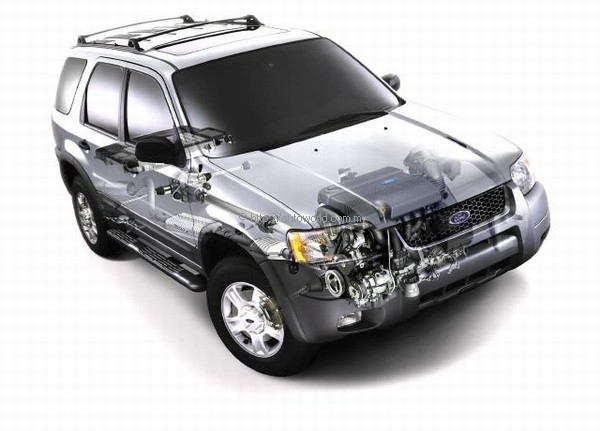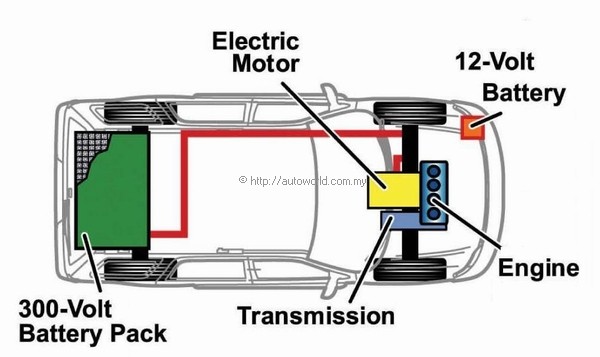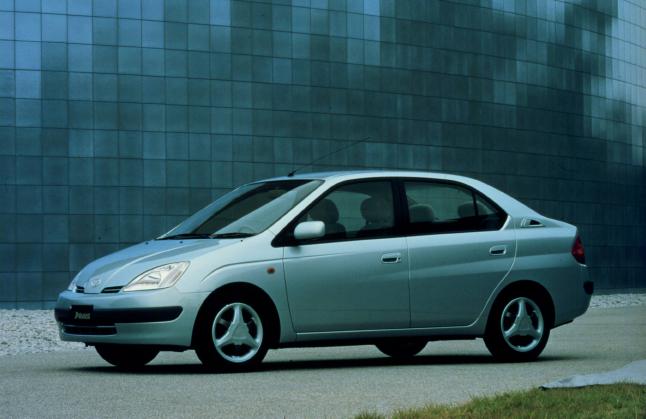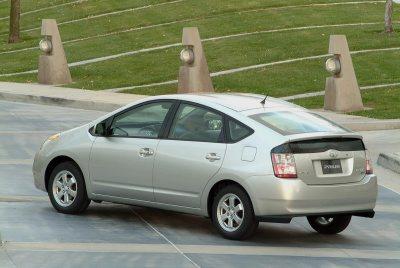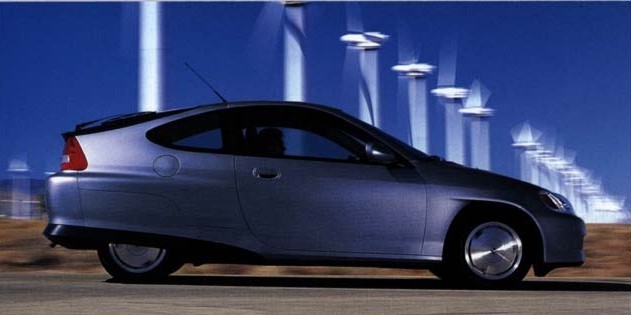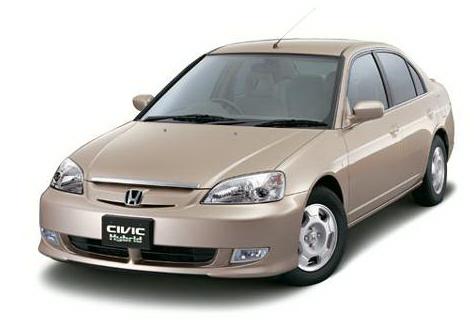Ford Escape with Hybrid Powerplant in 2004
This time next year, Ford will become the third company to offer a vehicle with a hybrid powerplant on a large scale (assuming no one else does so earlier). At present, Toyota sells the 2nd generation Prius while Honda offers the Insight coupe and Civic Hybrid.
Ford’s offering will, however, be unique in the sense that it will be the first volume-produced SUV with a hybrid powerplant. It’s not necessarily the very first SUV with a future powerplant as Toyota has already been running its Kluger SUV fuel-cell vehicle in Japan on a trial basis, but the Escape Hybrid will be available to the general public.
The model will use the Escape body and platform, a move which should keep costs down since many parts would be common with the normal petrol-engined Escape. This is the same approach taken by Honda with its Civic Hybrid, whereas Toyota developed the Prius as an entirely separate model. Ford will build this Escape variant at its Kansas City plant in the US from mid-2004.
The Escape Hybrid will be able to run either on its petrol engine or its electric motor, or both together, based on driver demand to optimize performance and fuel economy. Its claimed performance is compared to that of the present 3.0-litre V6 Escape but with two big differences: it will be able to achieve as much as 17 kms/litre (48 mpg)- slightly more than double the consumption of the V6 petrol engine in stop-and-go driving in the city, and it will be certified to PZEV (Partial Zero Emissions Vehicle) standards.
However, the Escape Hybrid will not use the V6 3.0-litre engine but instead have a 2.3-litre 4-cylinder engine working with a 65 kW electric motor and 28-kW generator, all packed in the same-sized engine bay as the current Escape. A compact transaxle was specially developed by Volvo and Aisin-Warner to deliver power to the wheels only. The 4WD system like the present Escape is also included.
In using the Escape body and chassis, the engineers have a lot of space to play with. This is important not so much for the powerplant which is fairly compact but for the installation of the battery. In most electric vehicles, mounting the large and heavy batteries has been an issue but more recent technology has been able to reduce the size of the batteries.
In the Escape Hybrid, the battery pack is placed under the floor of the cargo area so seating accommodation is not reduced in any way. It is a 300V Ni-MH type (like the ones used for most handphones) and requires no recharging. It is kept ‘topped up’ all the time as the charging is done while the vehicle is on the move.
Additionally, hybrid vehicles are designed to recover energy during braking. In conventional vehicles, the energy used to accelerate the car is lost as heat when the driver applies the brakes. Hybrids, on the other hand, can be engineered to recover a substantial portion of what would otherwise be “lost energy” and store it temporarily for use while accelerating again.
The Escape Hybrid is a “full” hybrid, meaning it has a relatively large storage battery and has the capability of driving on electric power alone. Mild hybrids, by contrast, are distinguished by relatively small battery capacity and lack of an electric-only drive mode.
When the driver calls for maximum acceleration, the petrol engine and electric motor work in parallel, providing the launch performance of the V6 engine. In less demanding situations, the Escape Hybrid can run on its electric motor alone, its petrol engine alone, or the most efficient combination of the two.
While cruising on the highway, for example, the petrol engine is used but for low-speed driving, such as slower urban traffic conditions, the electric motor can be the sole power source. This would save fuel and also have zero emissions.
An electric power steering assist system remains functional even when the engine shuts down and provides greater efficiency than traditional hydraulic systems.
As the development program for the Escape Hybrid nears completion, Ford engineers are spending more time testing prototypes in the real world. During this ‘prove-out phase’ of development, as it is refereed to, the Escape Hybrid is being put through the same rigorous tests used for other models.
One area which is getting a lot of attention is the regenerative braking concept.
We are ensuring that the Escape Hybrid’s unique regenerative braking system delivers the same functionality and feel that have made Escape’s brakes best in their class,” said Prabhakar Patil, chief engineer for the model.
“Consistent and linear braking response is especially important on snow-covered roads,” Patil explained. “We have created a new series of testing procedures to provide the best possible pedal feel and to make sure that our ABS works as designed.”
When the driver applies the brake pedal, the Escape Hybrid’s brake controller immediately determines the potential for the transaxle to provide braking force and to generate electricity to store for acceleration at a later time. It uses this generator-supplied braking force to its limit, with traditional hydro-mechanical brakes providing the rest of the braking force as needed.
Depending on who you talk to in the industry, hybrid vehicles are either the way to go or not worth developing since fuel-cell technology is what future vehicles will have. However, it is unlikely that fuel-cell vehicles will be in showrooms before 2010 and even then, there is the question of the hydrogen fuel supplies being available. Unless the supply network is as extensive as today’s petrol station network, motorists may not readily buy such vehicles for fear of running of out of fuel.
Hybrids, on the other hand, run on petrol so even if the electric motor fails, they can still get home. Furthermore, they can drive anywhere and still get fuel. This is more reassuring and is one of the reasons why Toyota has been able to sell over 100,000 hybrid cars and Honda too has been enjoying increasing sales for its two hybrid models.
In Malaysia, the issue will be price. At current import tax levels, a hybrid car will be too expensive for the masses. In countries where import taxes are minimal, a hybrid car costs about 10% more than an equivalent petrol-engined version and the owners also get some incentives for buying environment-friendly cars. So it remains to be seen if the Malaysian government will offer such incentives for the sale of the environment and we can have the Escape Hybrid on our roads.




